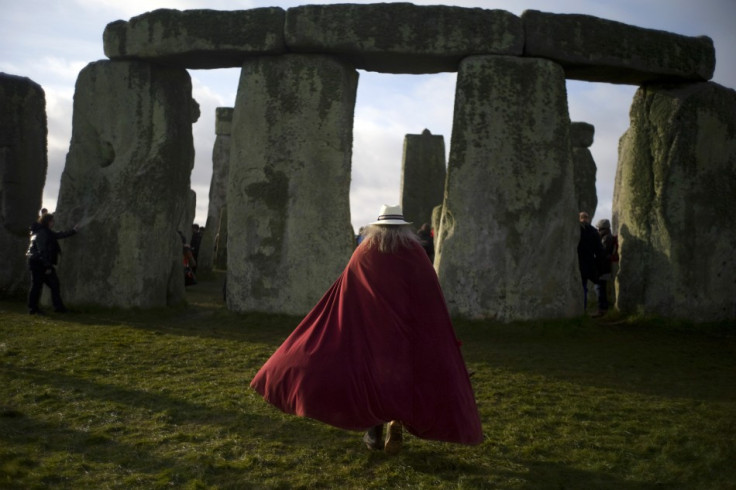Treasures From the 'King of Stonehenge' Revealed in Bronze Age Burial

Jewels and precious objects excavated at Stonehenge are appearing for the first time in a new exhibition at the Wiltshire Museum.
One of Britain's earliest professional archaeologists, William Cunnington discovered what were to become known as the crown jewels of the 'King of Stonehenge'.
In 1808, Cunnington excavated Bush Barrow, a Bronze Age burial mound near the prehistoric monument on Salisbury Plain.
In a letter to Sir Richard Colt Hoare, Cunnington wrote: "I have the pleasure to inform you that our discoveries are truly important.

"We found the skeleton of a stout and tall man. On approaching the breast of the skeleton we found immediately on the breast bone a fine plate of gold. This article in the form of a lozenge was fixed to a thin piece of wood, over the edges of which the gold was wrapped."
Until now, the artefacts from the barrow have been hidden away in a bank vault and shown only on rare occasions.
Now they are to form the centrepiece of four new galleries at Wiltshire Heritage Museum in Devizes, home of Britain's richest Bronze Age collection.
The centrepiece of the new displays is Britain's most important Bronze Age burial. The Bush Barrow chieftain lived almost 4,000 years ago and was buried overlooking Stonehenge wearing the objects that showed his power and authority - including a gold lozenge, a ceremonial mace and a gold-decorated dagger.
The precision and design of the Bush Barrow lozenge proves that the people who built and used Stonehenge had a detailed knowledge of mathematics and geometry.
The museum was refurbished for £750,000 at the same time as the new £27 million visitor centre at Stonehenge was built. The new display includes replicas of a Neolithic roundhouse and a burial chamber at the West Kennet long barrow.
The purpose of the gold lozenge remains a mystery, although some believe it was an astronomical instrument.
The astronomer Gerald Hawkins devised a theory that Stonehenge itself was used as a huge astronomical instrument that could accurately measure solar and lunar movements, as well as eclipses.
David Dawson, director of Wiltshire Museum, describes the craftsmanship as "the work of the gods".
He told the Times: "All this was done with the naked eye as there were no magnifying glasses or microscopes."
The new galleries explore the lives of the people who lived on Salisbury Plain, from about 3500BC when Stonehenge was still in use. By 1500BC it was abandoned, possibly because of climate change which made Salisbury Plain a less conducive place to live.
© Copyright IBTimes 2025. All rights reserved.





















